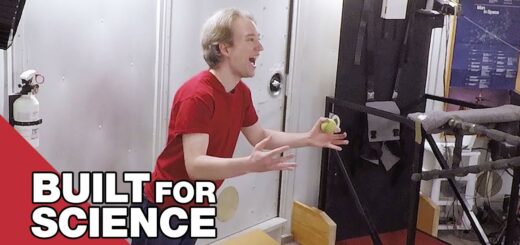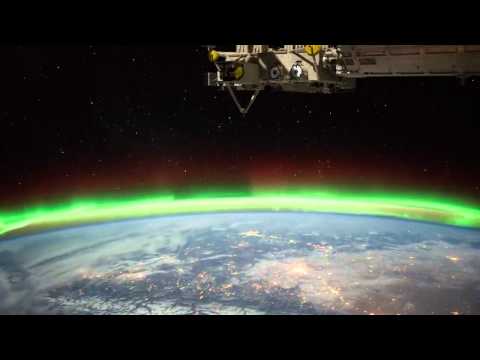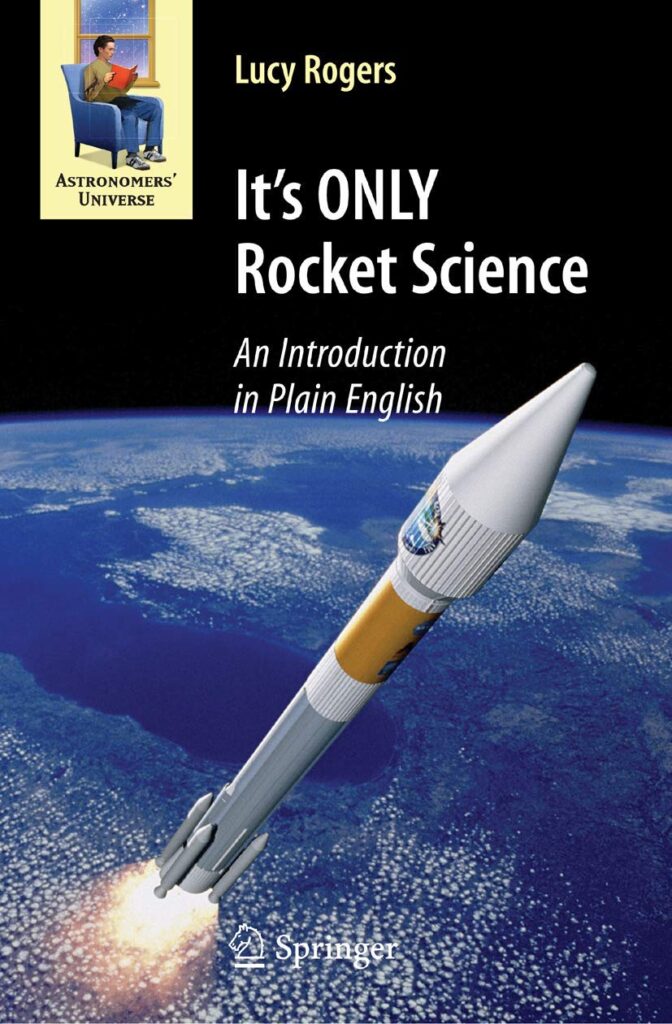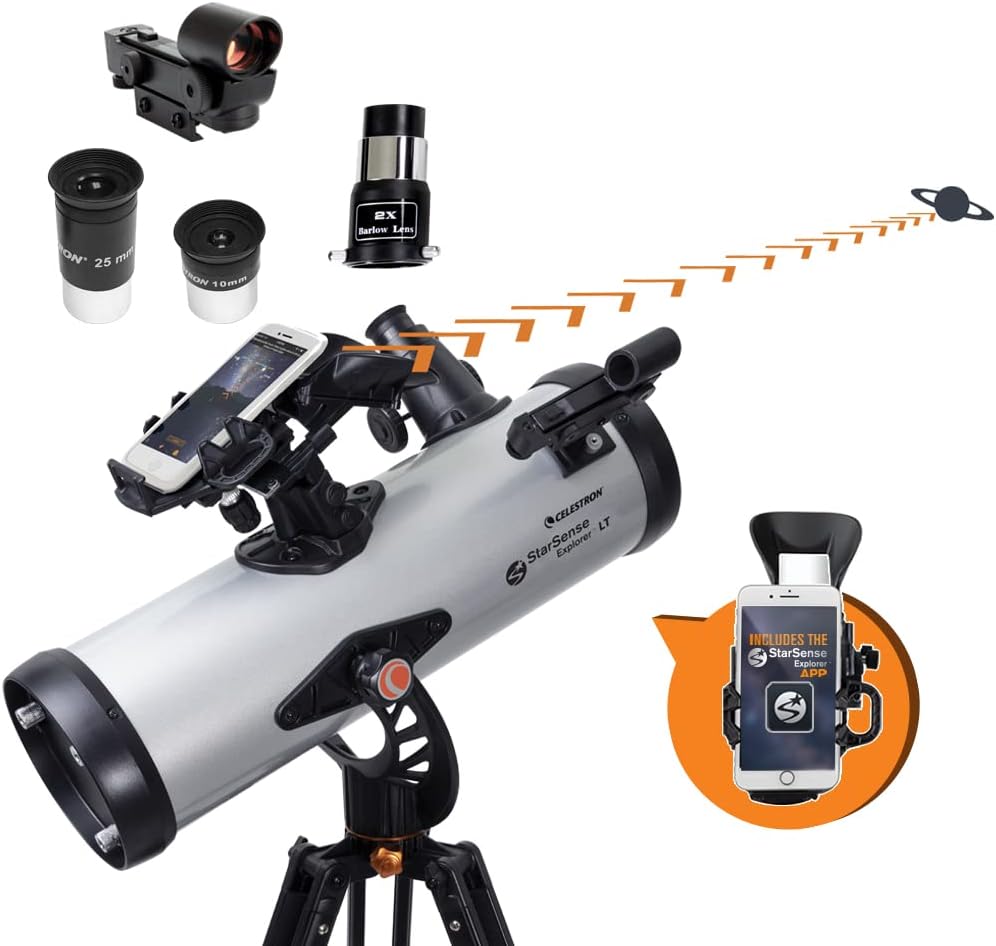DART – The First Planetary Defense Mission
My name is Nancy Chabot. I’m a planetary scientist here in APL in the space exploration sector and I’m really pleased to be here today to talk to you about the dart mission on behalf of the large dart team dart is the double asteroid redirection test it’s going to be the first mission to demonstrate asteroid deflection with kinetic impactor technology so the spacecraft is going to impact the asteroid and that’s going to deflect it sort of changing its position in its future path this is the sort of technology that you would use if an asteroid was potentially on a collision course with the earth and you wanted to deflect it to keep that from happening APL is leading this mission building this mission for NASA and we have a number of partners here also contributing shone down along the bottom of that slide there to go into a few more details about the mission overview and what the mission is about and when it happens the launch window opens in July of 2021 and the impact would happen in September of 2022 now the target for the Dart mission is the didymus asteroid system named it oboes and it’s important to state upfront that did almost is not a threat to the earth so this is not a threat to the earth this asteroid is not on a collision course with the earth this is a good way to do this first test to demonstrate this technology and didymus is actually to asteroids a binary asteroid system or a double asteroid system if you will hence the name of the mission double asteroid redirection test and the dart target is the smaller of the two asteroids so there’s a large asteroid called didymus a 780 meters in diameter and then this with smaller asteroid this 116 meter did a Mosby that goes around the main asteroid every 12 hours and so the start spacecraft is going to come speeding in at over 6 kilometers per second a few days ahead of time there’s a CubeSat that gets kicked off it’s contributed by the Italian space agency it’s named aletheia cube and it’ll take a few images of the impact but the dart spacecraft will impact did a Mosby and it will deflect it it will change its path around the larger asteroid so this is a very safe and effective way to do this first test of deflecting changing the path of an asteroid but the critical measurements are not going to be made by the spacecraft itself it’s actually gonna be made from earth-based telescopes and so the earth-based telescopes are going to be able to see how much we’ve changed its path currently it’s going at about twelve hours it goes around the main asteroid we think we’re gonna change this path by about ten minutes but figuring out that exact number is what the dart mission is gonna do so the goals of Dart are very simple or straightforward it’s to target this binary asteroid system to cause a change to the orbital period of ditto must be going around did at most a and then to measure that from the earth-based telescopes but at this point I kind of like to take a step back and address the question about do we really need something like Dart and to start that discussion I like to show this little video so this is about the cella Binks event that happened in 2013 so there’s this fireball exploded over Russia and in 2013 here you see tell you being Russia coming into view it’s a city in Russia with a population of over a million people and without any warning in February of 2013 meteor came towards this city and exploded in the skies over this city and the shockwave released 20 to 30 times more energy than a world war two atomic bomb spectacular images of this fireball streaking across the sky captured by dashcam videos in this city in permanent replaces shattered windows across six city has hospitalized hundreds of people and so you can see that this is you know one example of these objects hitting the earth Charlie bass is not really that unique though so this is a map of small asteroids that have hit the earth for roughly the last 30 years and tell you Binx is the largest one that’s happened in the in that amount of time and you can see it here on this map is that red dot in Russia but but you’ll also see there’s a lot of other dots on this map this is not necessarily a unique event things are hitting the earth all of the time now telly Binks is before it hit the earth it’s estimated to have been about 20 meters in size and a lot of times when people think about asteroid impacts they think about the one that killed the dinosaurs right and so this is a very different scale of object that we’re talking about so down on the bottom right corner is some text about this dinosaur killer asteroid and it was 10 to 15 kilometers in size and I’m happy to say that we are tracking all those asteroids NASA is tracking all of those asteroids and there are none of that size that are on a collision course with the earth so we’re safe from these extinction level dinosaur killing event but there’s a lot of space between the shell Eubanks size of 20 meters and these dinosaur killers of 10 kilometers these few hundred meters objects and in fact one of these fell in Tunguska Russia in 1908 and it was estimated to be between 60 to 190 meters in size so the sort of few hundred meters and it leveled forests as if they were just matchsticks blown over when this occurred and this sort of event happens every few centuries and so it’s sort of these hundreds of meters diameter objects that were really concerned about and this population we actually think we’ve only discovered a third of the objects this size that are out there and so there’s actually two thirds of this asteroid population that we’re not sure where they are what would something like this do if it actually hit the earth well Barringer crater meteor crater in Arizona is a nice example maybe some of you have been there they have a great visitor center it’s a beautifully preferred impact crater just outside like near the Grand Canyon sort of area and you can see that impact crater there so this is believed to have formed from about a 50 meter asteroid that was made out of metal so very very dense asteroid lots of energy 50,000 years ago hit into this region of Arizona and it made a crater which is really nice it’s about a kilometer in diameter a few hundred meters deep but the devastation caused from event like this is much bigger than just the crater that you see today and that’s shown from this model of what the devastation would have been over on the right side the fireball extending out to ten kilometers large animals killed or wounded 224 kilometers hurricane force winds out to 40 kilometers and then you can take this same map and overlay it on DC and you can just get a scale of what a devastating natural disaster event this would be particularly in a heavily populated area consequently because of this potential threat from the asteroids that are out there there was a National Academies study that was commissioned it’s called defending planet Earth so that was in 2010 and they looked at this threat and they said what is the main things that we should do and their recommendation for the highest priority mission to do is to do this kinetic impactor technology demonstration exactly what dart is doing and this graph here graphic from that report sort of illustrates that the y-axis is the size and we’ve been talking a lot about the size but the x-axis is equally important and that’s warning time that you have to deal with this threat because the idea with all of this is definitely not to disrupt it but to deflect it so you’re not trying to disrupt this object you’re trying to give it a small nudge and have lots of time for this small nudge to add up to a Granger change of his path avoiding a future collision with the earth if you have a large object which is the top of that graphic you need to give it a pretty big nudge even just to make a little bit of change in its position but these are the dinosaur killers these are the ones that are not really the threat that we’re concerned about it’s this few hundred metres range of population where we think that there’s about 5,000 potentially hazardous asteroids of sort of this 100 meter size these PHAs on the graph there and that’s where a kinetic impactor technology was judged to be the most mature and technology that you might want to do if one of these things was on a collision course with the earth and dart you can see is very well situated on this graph sort of shown as that dotted blue line going across there this 160 meter object that we’re targeting is right where you want to test this kinetic impactor technology what’s 160 meters I like to show this little fun graphic just to sort of like bring everybody in the size because sometimes you talk about these scales and they don’t really mean very much so 160 meters is you know diameter is bigger than the Statue of Liberty smaller than the Eiffel Tower it’s kind of the size of a Great Pyramid or maybe a sports stadium or something like that so you can kind of think about the Great Pyramids hurtling towards the earth you know it’s not a giant object you know the main did a most a that we’re not going to impact is much much larger but it’s still sort of a considerable amount of mass and size and didymus really is the ideal target and not just because it’s the right size that I’ve been talking a lot about but because of this double asteroid system because we’re going to change the path not around the Sun but around this other asteroid so the dart spacecraft comes in at over 15,000 miles per hour and it’s going to try to hit dinner mosby nearly head-on and you can see the original orbit of dynamos be in the white line and when you hit it nearly head-on you’re going to change its orbit to sort of that blue line about 1% change in its orbit the blue lines a little exaggerated but you get the idea hitting this thing head-on causing a deflection of this asteroid around the main one it’s a you know careful well-thought-out test but what’s really important about this double destroyed tests and being able to do it this way is that the spacecraft is gonna be totally destroyed it’s not gonna be able to measure how much of a deflection it made when it when this happens instead we’re gonna use existing telescopes here on the earth in order to make that crucial measurement so it’s a very cost effective way in order to do this focused first test of the demonstration and that’s actually why the choice for the impact date is in September of 2022 because that’s when the distance between Earth and the didymus asteroid system is minimized see if you get the highest quality data from your existing earth-based telescopes in order to make this crucial measurement it’s very ingenious actually of doing this focused mission in order to demonstrate this technology for the first time so it’s a few other key technologies that I wanted to just mention briefly on dart along with this overall kinetic impactor technology and one of the most important ones is the tammana Smart nav system and so we’re targeting the smaller asteroid but you won’t actually be able to tell the difference between the smaller asteroid and the larger asteroid until the last hour of the mission and so all of this has to be done onboard to pick out the smaller asteroid in order to try to impact it into the center in order to make this deflection and so that builds on a lot of APL decades of missile guidance algorithm development and experience in order to do that there’s only one payload on here it’s a camera named Draco and Draco is modified from Lorri which was on the New Horizons mission took amazing pictures of Pluto so we’re using that technology it’s also gonna be the first flight of NASA’s next C ion propulsion engine which is gonna be more powerful than anything NASA’s flown before it’s also using these rollouts solar arrays which are going to be deployed in space and roll out and when they’re deployed they’re going to be 19 meters from tip to tip so a pretty pretty sizable spacecraft there but dart is just one part of NASA’s overall planetary defense strategy you would never just do dart in isolation equally important is to assess what’s out there to keep track of those things to search detect and track find these new objects that we have yet to discover in our population characterize these objects so you know what you’re dealing with and if you did have to deal with them plan coordinate this is an international effort and these are international working groups to deal with these issues and finally there’s mitigate and that’s where dart comes in if there is a threat and you need to be do something about it let’s be ready let’s do this technology demonstration now so you would think that this makes a lot of sense but actually this efforts been growing considerably NASA’s planetary defense coordination office which leads this effort was only established in 2016 and so before there there was a few activities going on but they weren’t very well coordinated so since then nASA has taken a much more concerted approach and dart is the first spacecraft mission that’s being flown by NASA’s planetary defense coordination office hence NASA’s first planetary defense mission so along with this planetary defense coordination office getting set up for NASA there’s been really increased visibility for planetary defense at the top levels of NASA so this is the NASA Administrator attending the International Academy of astronautics planetary defense conference held just down the road here a few months ago and stressing he did the opening address which was also broadcast on the web and so worldwide people were watching this stressing the fundamental importance of planetary defense efforts to our planet and at this conference it was much more than just NASA this really is an international effort there were more than 250 attendees from 20 plus countries and dart was very well represented we had a number of presentations that went over well but one of the unique things about this conference is there’s an exercise that’s done so a hypothetical asteroid impact coming towards the Earth and by day five I’ve shown what the graphic looked like up there there was a 60 meter object headed towards Manhattan and it was going to be a thousand times more powerful than the bomb that was dropped in Hiroshima and so you can see where this would be a very big natural disaster if it happened just to reiterate that point and this conference had not just scientists and engineers but policymakers people from FEMA people from the press talking about how you would communicate these sorts of events and so planetary defense as a whole as a topic is really increasing in the efforts both within NASA and internationally so dart is an important demonstration of this kinetic impactor deflection technology but it’s also sort of pioneering the way for these future planetary defense efforts in a field that’s really growing right now I know I feel privileged to be part of the dart team that’s working on this to make the first planetary defense mission or reality thank you you













